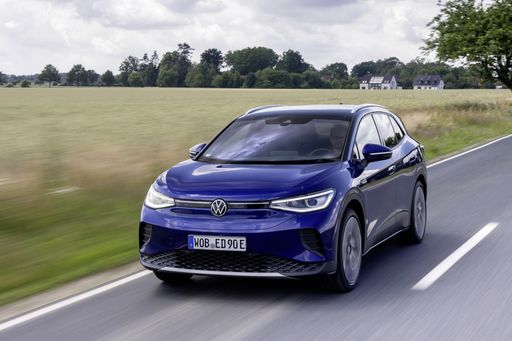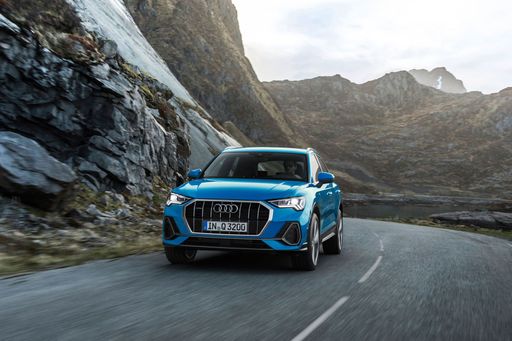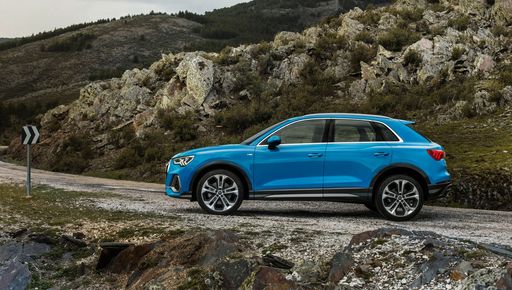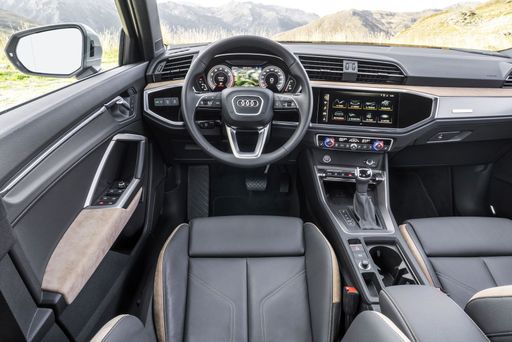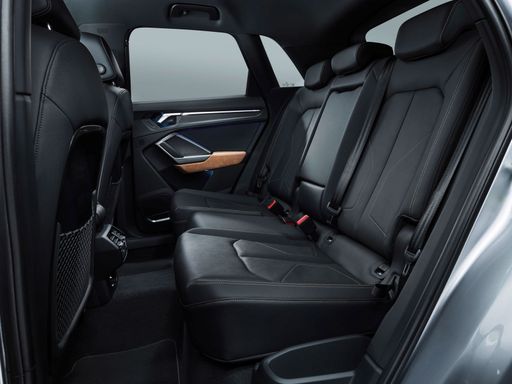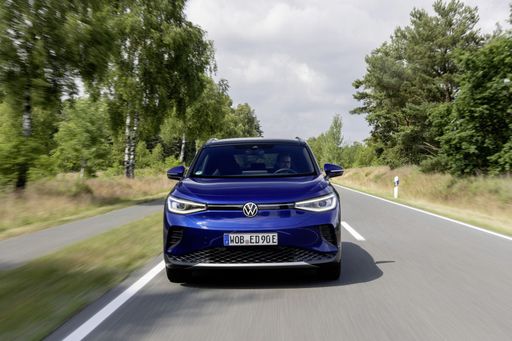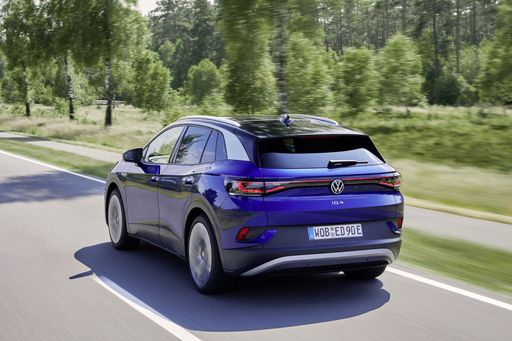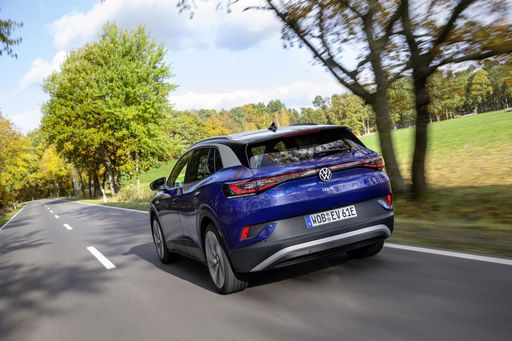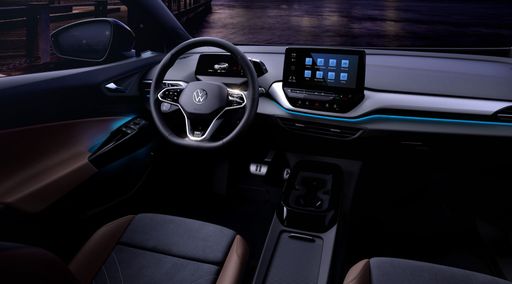Introduction: The Clash of the Giants
In the ever-evolving automotive landscape, two giants stand out with their distinctive offerings: the Audi Q3 and the Volkswagen ID.4. While both vehicles belong to the SUV category, they represent contrasting philosophies—one rooted in traditional combustion engines and the other embracing electric innovation. This article delves into their technical specifications, innovative features, and overall appeal, putting them head-to-head for comparison.

